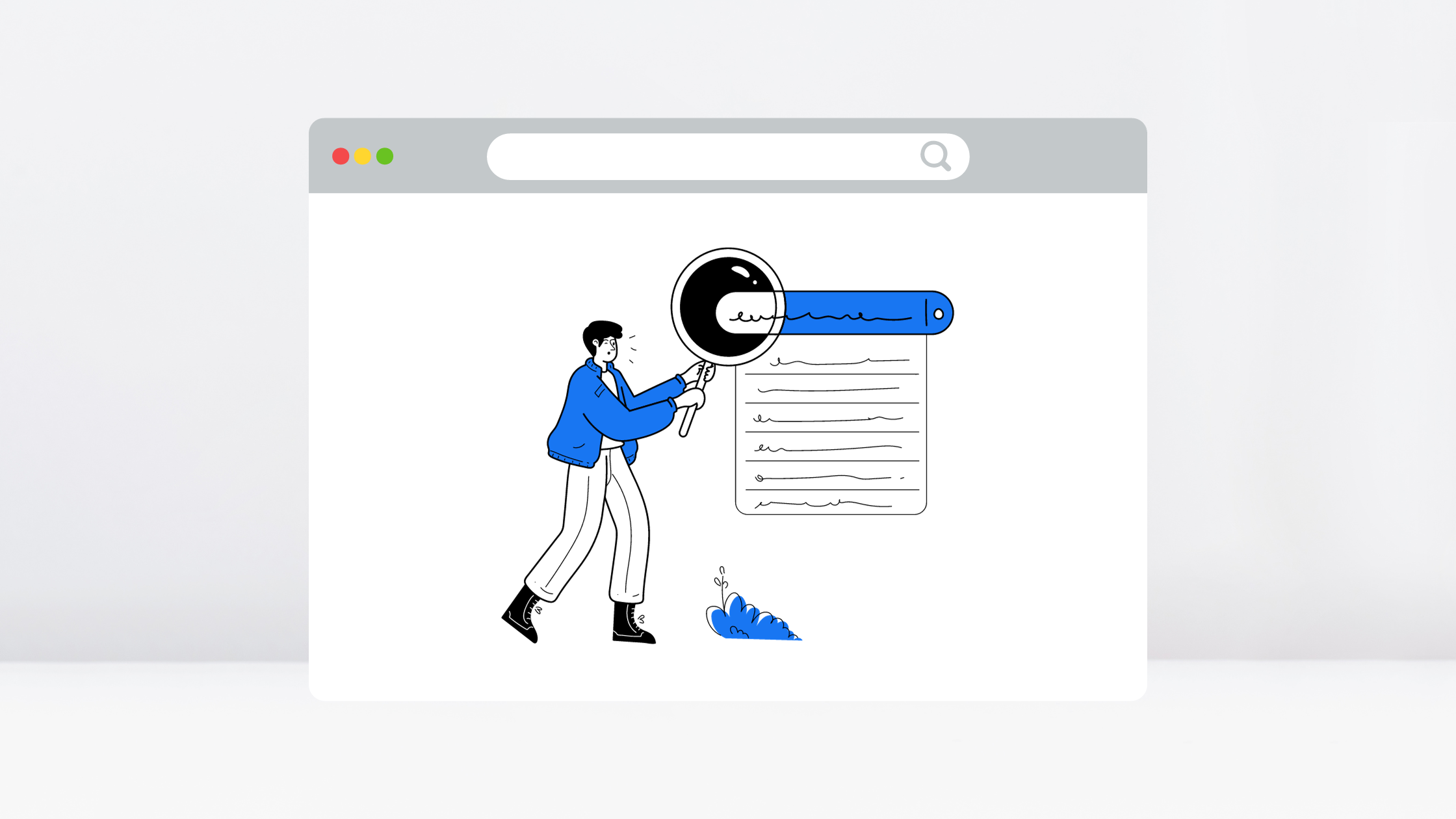Ask any marketer, and they’ll tell you that the higher your position on Google’s search engine results page, the more effective your marketing.
 The data backs it up. When you earn the top position—page 1, position 1—your click-through rate is at least 200% higher than the runner-up in position 2.
The data backs it up. When you earn the top position—page 1, position 1—your click-through rate is at least 200% higher than the runner-up in position 2.
Attaining this kind of status can’t be isolated to keyword ranking or getting authority backlinks. Think of it like an ecosystem in which every element needs to be healthy to survive.
What is Domain Authority?
Developed by Moz, domain authority is a number that indicates the authority of your website across the internet. The higher you domain authority, the greater your chances of ranking higher in searching engine result pages and getting more organic traffic.
Although the idea of ranking domains based on their authority originated from Larry Page (one of Google’s founders), other companies have created similar metrics based on a number factors, typically giving them a rating from 0 to 100.
How is the Domain Authority Calculated?
According to Moz, a total of 40 signals are taken into account including:
- Number of incoming links pointing to your website
- Quality and relevancy of incoming links
- Quality of your website’s content
- Popularity of your domain on social media platforms
- Your website’s SEO performance in general
But first things first. You need to find out your site’s DA.
Moz offers a free tool called Open Site Explorer (OSE) that you can use to check your DA. Typically, domain authority hovers around 40-60, but brand new sites will often see smaller numbers.
5 Practical Steps to Improve your Domain Authority
Changing domain authority is considered a long-term process. Making several changes won’t make it skyrocket.
However, there are actionable steps you can take to improve your metric.
-
Improve your Internal Linking Structure
Some websites are so preoccupied with earning external links that they lose sight of internal links. Internal links help to direct visitors to the content they’re trying to find, which in turn improves their user experience.
This is most important when a visitor is three months deep into your catalog of blog posts and needs to—quickly—make their way back to your homepage.
You can also suggest other related blog posts to your readers in case they would like to investigate more about a particular topic.
-
Check your On-Page SEO
Moz actually suggests improving overall SEO in order to increase your domain authority. Unfortunately, there are no documented cases of specific SEO techniques increasing domain authority any more than others.
Instead, take small steps to increase things like site speed and page responsiveness. Test your speed at Pingdom’s speed test tool. and compare your site speed with your competitors at WhichLoadsFater.info.
Take tagging seriously. Although the effect of title tag and meta descriptions has changed over the years, Moz’s preview tool can help you preview how your title tags will appear.
-
Choose an Aged Domain or Quality Domain Name
A significant part of domain authority is simply the age of the domain.
One strategy that some people use is to purchase an aged domain in the after market. If the aged domain has a reputable domain authority, it can save you 6 to 12 months of building a brand new one.
You can also just choose a domain name that is highly relevant to your website.
Be sure that it’s easy to remember so that visitors won’t have any issues returning because they forgot your domain name.
-
Create Linkable Content
Creating content isn’t technically an SEO technique. But if you don’t have great content, no one will visit your site and your SEO won’t improve.
Both MozRank and MozTrust cite earning high-quality links from multiple domains as an important factor for domain authority.
In order to do this, you need to create high-quality content that’s published regularly. And the more your content is relevant, informative, creative and well-written, the more likely it will be that an authoritative site will link to it.
-
Make Sure that your Website is Mobile-Friendly
“Mobile-friendly” refers to SEO, design and page responsiveness. With the launch of Google’s mobile-first index, it’s more important than ever to separate the needs of desktop web traffic and mobile traffic.
For example, a responsive design should avoid annoying interstitials that you may be able to get away with on a desktop monitor or tablet.
You should also perform separate mobile keyword research.
And last but not least, site speed, user experience and site navigation may need to look different on mobile.
Be Patient
Domain authority allows you to judge the overall performance of your website. It allows you to compare your score to that of competing websites, which means it’s never been easier to see where you stand in your industry.
But improving domain authority is a long-term time SEO strategy through which you’ll see results with both time and effort.
Want more SEO insights? Contact our digital marketing experts at RLC Media to start improving your SEO today.





